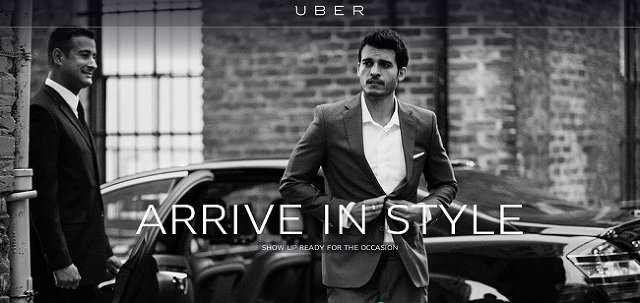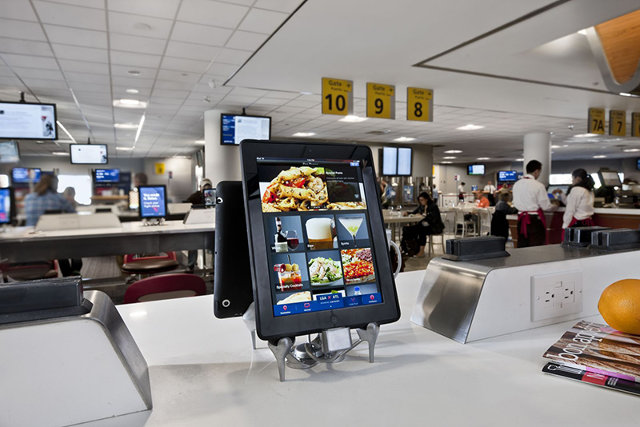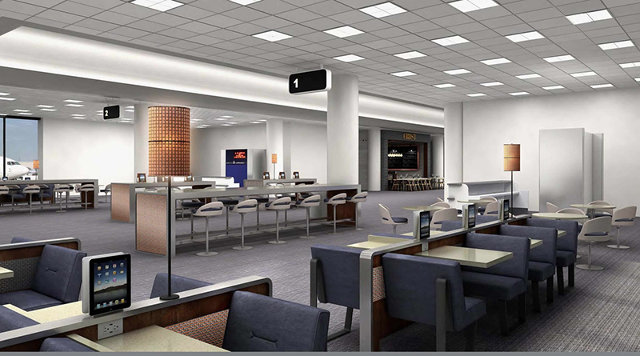Move Over Product Design, UX Is The Future
For decades, the most successful businesses thrived on product innovation as the natural strategy to increase revenues, market share, and loyalty. Fast forward to 2014: today’s product innovations, and the growth they create, are often incremental, narrow, and fleeting. Take TVs or PCs--every competitor quickly matches the latest features, speed, brightness. As a result, companies are finding that returns from product efforts are harder to rely on. Among the Global Innovation 1000, R&D spending rose 5.8% last year, yet revenue for those companies increased less than 1%. Global competition and technological diffusion mean that competitors quickly catch up with most improvements, while the transparency of digital and social media also prompts consumers to quickly switch allegiance with each new alluring offer.
Enter: the experience.
Today’s enlightened leaders are achieving success by crafting the entire customer experience--shaping, innovating, branding, and measuring it. They are mastering a new discipline we refer to as “experience innovation” by going beyond the discrete product or service to reimagine the customer journey. The result yields new, unexpected, signature moments that delight customers and create significant opportunities for new growth.
We believe that experience innovation will be a crucial component for companies seeking to remain relevant and retain customer loyalty in 2014. But the process of designing a truly innovative experience cannot simply rest on the process excellence of classic customer experience-improvement efforts or the creative brilliance of the marketing team. Drawing on our recent work, here are a few key principles for success.
LOOK BEYOND THE PRODUCT

Experience innovation isn’t driven by specific product features or design, but by reimagining the broader experience of how customers might use the product or service. By looking beyond the product to take a broader view of customer issues and activities around the product, companies can find new ways to address unmet needs, create talk-worthiness, and fuel differentiation.
Take Uber, the car service. Uber didn’t change the vehicle or retrain drivers, but fundamentally changed how you order, meet, and pay for a car. By taking a broader view of what a car service could be, Uber was able to reimagine the entire experience--offering “relentless reliability,” and a seamless system that addresses many hassles such as long wait time, not having cash, losing recipients, etc. The company is growing like wildfire--adding almost 80,000 new customers a week and is able to charge a lot more than the typical cab. Looking beyond the product to the broader experiences surrounding it also creates new horizons for growth. At Nike, for instance, shifting from sneakers to enabling fitness has spurred clothing sales, the Fuel band, and other integrated digital solutions, and fitness-oriented social media sharing and gamification.
BE CUSTOMER FOCUSED, BUT NOT CUSTOMER LED
Experience innovators recognize that consumers can’t tell you about the things they need or want but haven’t yet imagined. Nor can consumers articulate how they will do things differently in the future. For instance, customers will tell an airline they really want quick boarding and on-time departures.
That’s fairly obvious. But Delta came up with an approach they call "delocation" as a way of taking services out of their typical location and improving the travel experience in unexpected ways. Delta brought the lounge directly to the gate, creating an enhanced experience among travelers who had never thought of the gate past its function as a waiting area and were often too rushed to visit the airline lounge. The Delta concourses at LaGuardia and Minneapolis have banquette seating, embedded iPads, gate side ordering, and specially curated shops and restaurants to create new levels of service and ambiance. The space takes advantage of Delta’s ability to partner and deliver on its essence of “making flying better” in a way consumers might never have articulated in a focus group--and provides an opportunity for a new revenue stream. Delta is an example of a brand that has committed to enhancing the experience on an ongoing basis and Delta’s stock price more than doubled in 2013.

BUILD LONG-TERM VISION
Great experience innovation isn’t about a series of one-off moments, but a holistic vision for a transformed brand experience that evolves over time. A customer-experience map is, therefore, a bold, integrated vision for the future of your brand experience. Start with a broad and detailed exploration of the customer journey--and how it could be different. Don’t ask customers what they need, but observe how they behave and what makes them happy or sad. Then assess what people could do. Think about what they will notice, and what they will remember. Look for the big moves--can you take entire steps out of the process, change the sequence, add new value in unexpected places? Disney, for example, unexpectedly opens the park gates five minutes in advance fueling the “I’m about to be at Disney world!” thrill. In developing such a map, think in terms of a portfolio approach to execution, by balancing simple changes that build momentum with longer-term investments that require more radical changes and resourcing.
ENGAGE ALL OF THE SENSES
Today’s dramatically expanding set of touch points, shorter attention spans, and shrinking lifecycles all heighten the need for an experience that breaks through with increased vitality and dimension. In that vein, a great brand experience often engages all the senses. It considers the environmental, physical, digital, and even behavioral expression of brand--the way employees interact with both customers and each other.

MAKE IT REAL FROM THE INSIDE FIRST
Products are usually managed by one person, whereas an experience must be curated by several different owners with separate goals and metrics. Drawing on expertise across functions is essential to push thinking, discover what is possible, and forge connections across operational silos. And, before an experience will come across as real to the outside world, dozens, hundreds or thousands of employees need to be educated and empowered to deliver the vision.
The concept of innovating the experience isn’t new. Virgin’s airport clubs, Nike’s flagship stores, Starbucks restaurants, and Disney’s Parks set the standard many years ago. These innovators show us that the experience isn’t just about the planes, the shoes, the coffee or the even the rides--it’s about how we feel when we use the product or service. The stakes for getting the experience right, and continually enhancing it, have never been higher.